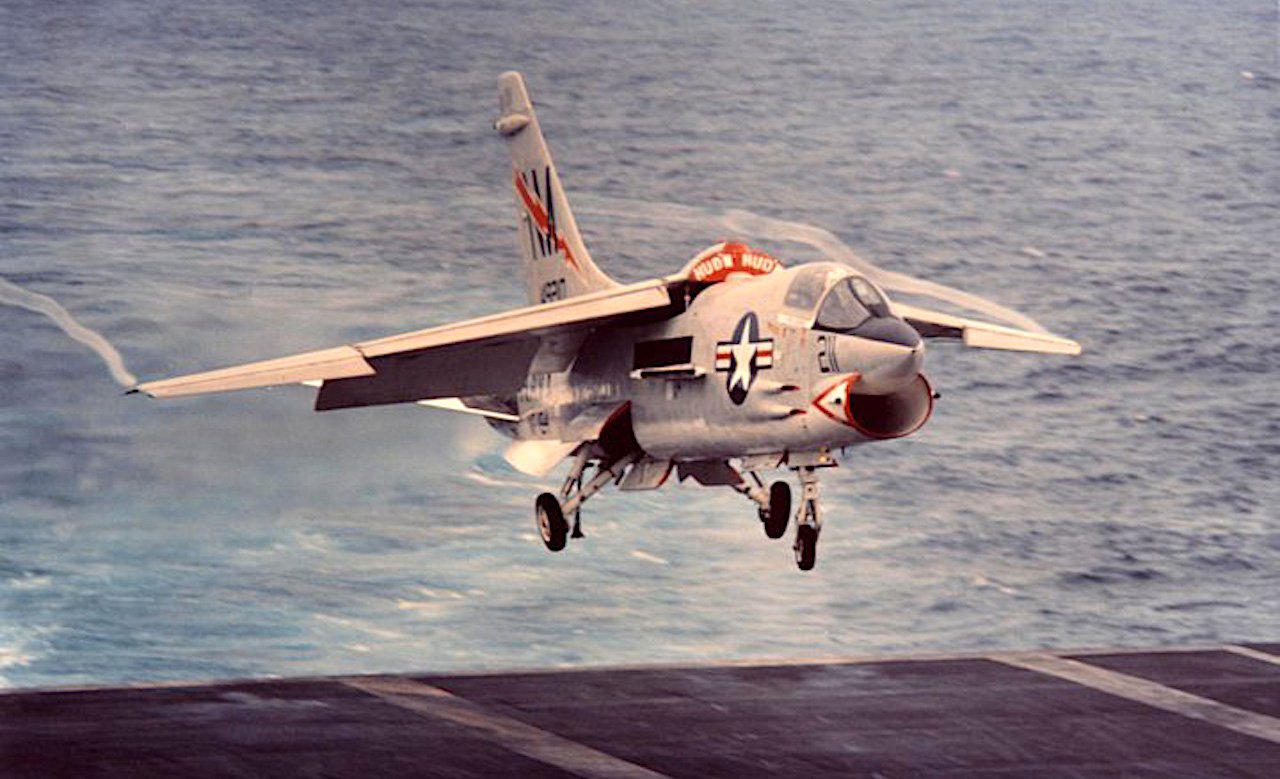Innovation Takes Flight: The ‘Hummer,’ Pioneering Aircraft with Airborne Early Warning in Focus
The E-2 Hawkeye: Six Decades of Carrier-Based Excellence
With six decades of active service under its wings, the E-2 Hawkeye, built by Northrup Grumman, stands as a testament to enduring excellence in naval aviation. This remarkable aircraft is well-equipped to operate in diverse weather conditions and take off from aircraft carrier decks, providing critical tactical airborne early warning capabilities. Its journey began in the 1950s when it was first designed, took its maiden flight in 1960, and officially entered service in 1964.
What’s truly astonishing is that the E-2 is still in production today, marking it as the longest-produced carrier-based aircraft in history, with continuous production since its inception in 1960.
The E-2 was conceived to replace the E-1 Tracer and was a pioneering effort as the first aircraft purpose-built for airborne early warning. Prior AEW aircraft had been modified from existing platforms, indicating that the importance of AEW was initially an afterthought.
One distinctive characteristic of the E-2 is the unique humming sound produced by its engines, earning it the affectionate nickname “Hummer.” Amidst the jet-engine-dominated carrier environment featuring aircraft like the F/A-18 and F-35, the E-2 and its humming engines stand out.
While the E-2 has proven itself as a workhorse success story over the years, its initial design process was challenging. The U.S. Navy had specific demands, including the requirement for the E-2 to integrate data with the Naval Tactical Data System on Navy vessels. Additionally, the E-2 needed to be capable of carrier landings, a particularly daunting task in the 1950s when the Navy still operated World War II-era carriers like the Essex-class.
The sizing requirements imposed by these demands resulted in challenging handling characteristics. Ultimately, the E-2 never operated from the Essex-class carriers.
The finished E-2 Hawkeye featured high wings, two Allison T56 turboprop engines, retractable tricycle landing gear, and a tail hook for carrier landings. Its most distinctive feature, however, is the 24-foot diameter rotating radar dome known as a rotodome. This rotating structure houses the E-2’s long-range radar and IFF system, essential components for its mission.
What sets the E-2 apart is that it’s the only carrier-based aircraft featuring a rotodome. Typically, rotodome-equipped aircraft, such as the E-3 Sentry, are land-based.
To maximize space efficiency on crowded aircraft carriers, the E-2 is equipped with a Sto-Wing, a folding mechanism that conserves space when the Hawkeye is not in use. When operational, the E-2 requires a crew of five: a pilot, co-pilot, combat information center officer, air control officer, and radar operator.
Though the E-2 faced challenges upon entering service in 1964, particularly related to inadequate cooling systems, it underwent substantial upgrades, resulting in the more reliable E-2B variant. Over time, it established itself as an indispensable component of modern carrier air wings. Today, six decades after its debut, each carrier air wing features four E-2s, attesting to the enduring legacy of this remarkable aircraft in naval aviation history.
Hits: 32







